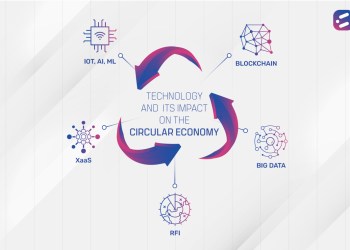For all kinds of learning-oriented enterprises, from schools and colleges to businesses with employees that need upskilling, the pandemic has increased reliance on e-learning and accentuated the need for a good learning management system (LMS) that is aligned with your institution’s needs, mission, and goals.
The optimal learning zone lies between the student’s “comfort zone” and their “frustration zone”. If not challenged enough, the learner may lose interest. If the material is too difficult, on the other hand, you may find that the student is more likely to give up.
Personalized learning paths involve customization and adaptation of instructional methods, materials, and techniques to suit the needs of each individual learner.
Tutor through gameplay
An LMS with multiple paths functions partly as a personal tutor, providing interactive feedback and leading the learner on the right path based on the principles of adaptive learning.
A good customizable LMS takes into account the way users prefer to learn (whether visual, auditory, or kinesthetic) and delivers learning material and mode to suit.
This works very well with LMSes that incorporate game-based e-learning – for instance, if you “beat” the previous level within a certain time, you could be led straight to Level 2. On the other hand, if you’re slower than a predetermined time, you could still be led to a “higher” level, but in this case, concepts would be reinforced before moving on to the next subject.
One can enhance the experience through other elements of gamification, including gamified assessment/feedback mechanisms like leaderboards, progress bars, unlockable achievements. A dashboard for teachers and admin to see their learners’ progress is useful to identify group trends and make suitable modifications to the available learning paths.
Getting the tech right
Personalized learning paths can also be used in hybrid learning, in collaboration with in-person training or school, for even better results.
Artificial intelligence and machine learning have made great strides in helping to identify skill gaps and then match the available modules with the learners to ensure they are on the path that suits them best. The LMS AI can be programmed to consider a range of parameters, such as performance on assessments, speed of completion, number of times a piece of content is viewed, clicks, and even trainer and user feedback.
Course material can be presented in the most relevant ways to students by preparing multiple learning paths and sending each learner down the most appropriate one. This kind of personalization increases engagement and interest, keeps the learner in the optimal learning zone, and thus improves learning outcomes.
Adaptive learning
Personalized learning paths are built on the principle of adaptive learning. Adaptive learning adjusts the learning content or assessment items it presents to each student, based on observations made from previous performance. Adaptive learning systems are therefore designed to provide students with an appropriate level of challenge, as well as the right amount of support, rather than providing a one-size-fits-all learning experience.
The courseware is personalized based on certain adaptivity factors such as performance (what the student is doing vis-a-vis what they’ve done in the past), level of knowledge, content preferences, demographics, and so on.
Types of adaptivity
Single point adaptivity: This is based on assessment and evaluation of a student at a single point, say before starting the module, to determine the level of instruction or material to be received. For example,based on an aptitude test, it may be decided to give one learner the basic module and another the advanced module. However, all advanced learners would be on the same path and there would be no further personalization beyond that initial point.
Continuous adaptive learning: Here, there is a constant analysis of student data to automatically alter recommendations of learning material based on real-time performance data. Adaptive learning identifies areas of improvement, tips, concept repetition, etc, and reports it to the administrator or trainer to move the learner to the right learning path. There is more observation of work done by students during class time as well as one-on-one tutoring, either by a human instructor or by software.
Without industry knowledge, it can be daunting to start the task of optimizing your LMS. However, with the right service provider, you can move forward more effectively.
Our LMS experts at CloudNow don’t just know how to code a learning management system. We also offer guidance on how to create an LMS tailor-made for your institution and learners. Do allow us to help you optimize your online knowledge delivery by offering learners personalized paths to achieving the desired outcome. Get in touch with us.












